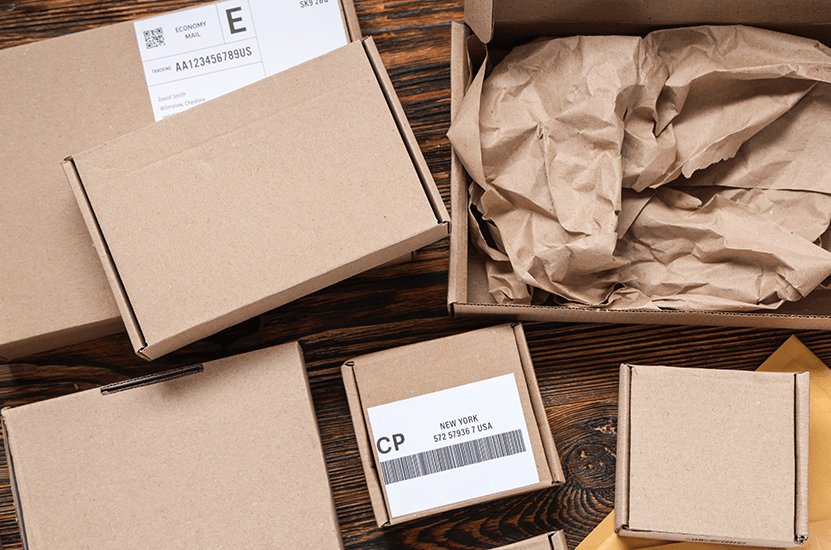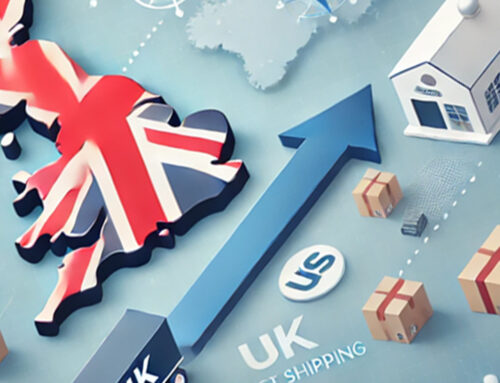Whether you’re shipping delicate items, high-value products, or bulkier goods, considering the right packaging can prevent damage, reduce shipping expenses, and improve customer satisfaction. Here’s a step-by-step guide to help you choose the best packaging based on key factors.
Understand your item’s requirements
Every item has unique packaging needs based on its size, weight, fragility, and value. Consider the following:
- Custom-fit packaging reduces movement and prevents damage.
- Heavier items need sturdier materials to avoid breakage and minimise handling risks.
- Cushioning materials like bubble wrap, foam inserts, or air pillows provide extra protection.
- High-value items may require tamper-evident seals or reinforced packaging for security.
Choose the right packaging material
Selecting the appropriate material ensures durability and cost-effectiveness:
- Cardboard boxes are versatile and available in various strengths (single-wall for lightweight items, double-wall for heavier goods, corrugated for more protection).
- Padded envelopes & jiffy bags are ideal for small, less fragile items such as books or accessories.
- Mailing tubes are great for posters, prints, and rolled documents.
- Plastic or poly mailers are lightweight, water-resistant, and suitable for non-fragile, flexible items like clothing.
Factor in destination & transit conditions
- International shipments tend to require more robust packaging than domestic shipments to withstand extended handling and environmental changes.
- Weather can be unpredictable, so consider moisture-resistant or insulated packaging for shipments to humid or extreme climates.
- Be aware of customs & regulation requirements. Ensure compliance with destination country packaging requirements, especially for regulated goods.
Optimise protection and void fillers
To minimise damage, fill empty spaces within the packaging:
- Bubble wrap provides cushioning for fragile items.
- Air pillows or packing peanuts are lightweight and prevent shifting inside the package.
- Corrugated inserts add extra structural support.
Consider sustainability & cost efficiency
Sustainable packaging is becoming a priority for many businesses. Consider:
- Recyclable & biodegradable materials. Opt for eco-friendly cardboard, paper-based tapes, or compostable mailers.
- Right-sized packaging avoids unnecessary bulk, which reduces material waste and shipping costs.
- Be aware of volumetric weight compared to actual weight.
Seal & label properly
- Use strong packing tape to secure the box and prevent openings during transit.
- Tamper-evident seals offer extra protection for high-value shipments from unauthorized access.
- Ensure shipping labels are securely attached and include handling instructions such as ‘Fragile’ or ‘This Way Up’ if necessary.
Final Thoughts
Choosing the right packaging ensures your shipment reaches its destination safely, efficiently, and cost-effectively. By evaluating the item’s needs, selecting durable materials, considering transit conditions, and incorporating sustainability, you can enhance shipping success while maintaining customer satisfaction.
Whether you’re shipping locally or internationally, investing time in packaging decisions pays off in reduced damages, fewer returns, and a better overall experience for both sender and receiver.














